W. Lu
Probabilistic Approach for Road-Users Detection
Dec 02, 2021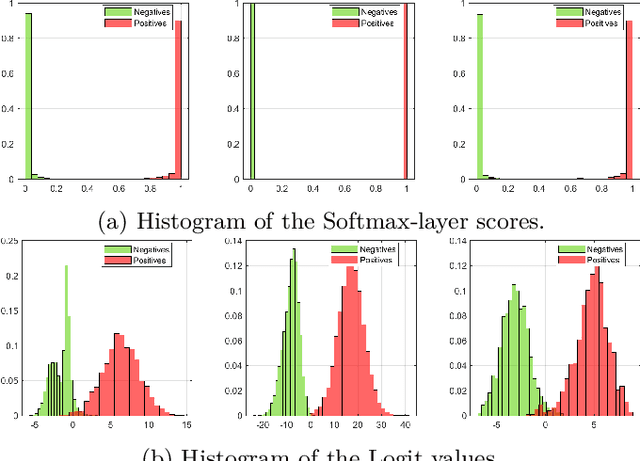

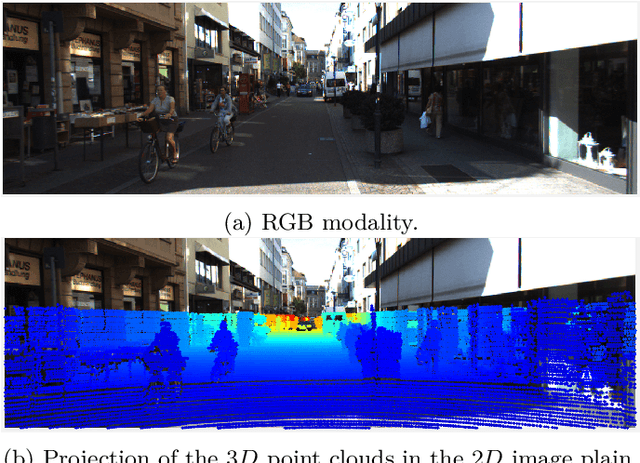
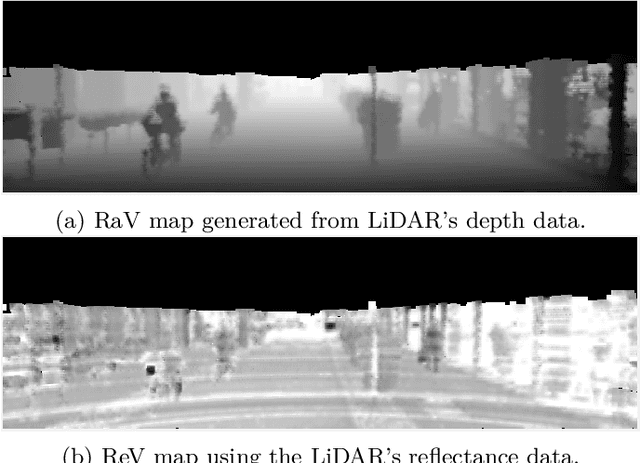
Abstract:Object detection in autonomous driving applications implies that the detection and tracking of semantic objects are commonly native to urban driving environments, as pedestrians and vehicles. One of the major challenges in state-of-the-art deep-learning based object detection is false positive which occurrences with overconfident scores. This is highly undesirable in autonomous driving and other critical robotic-perception domains because of safety concerns. This paper proposes an approach to alleviate the problem of overconfident predictions by introducing a novel probabilistic layer to deep object detection networks in testing. The suggested approach avoids the traditional Sigmoid or Softmax prediction layer which often produces overconfident predictions. It is demonstrated that the proposed technique reduces overconfidence in the false positives without degrading the performance on the true positives. The approach is validated on the 2D-KITTI objection detection through the YOLOV4 and SECOND (Lidar-based detector). The proposed approach enables enabling interpretable probabilistic predictions without the requirement of re-training the network and therefore is very practical.
Statistical Inference of the Value Function for Reinforcement Learning in Infinite Horizon Settings
Jan 13, 2020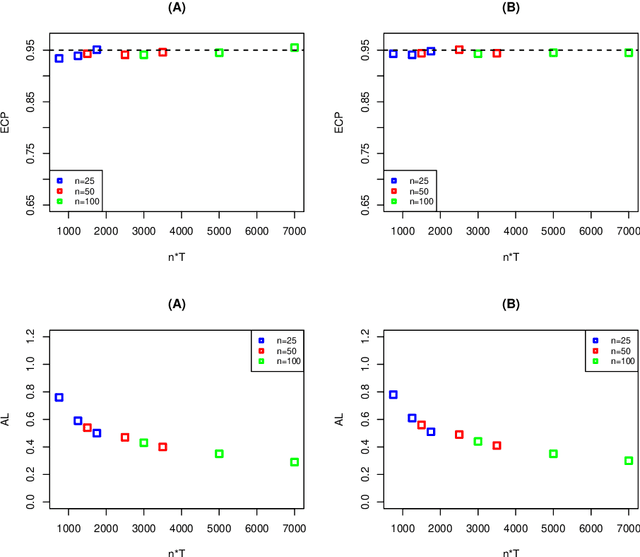
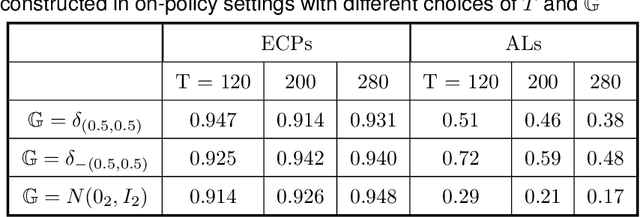
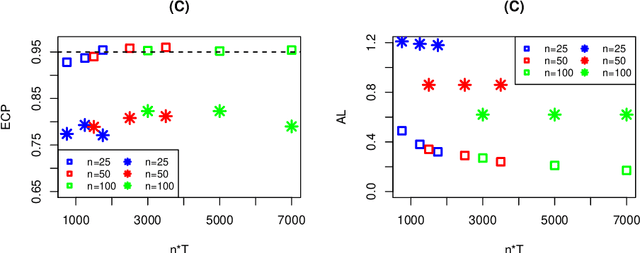
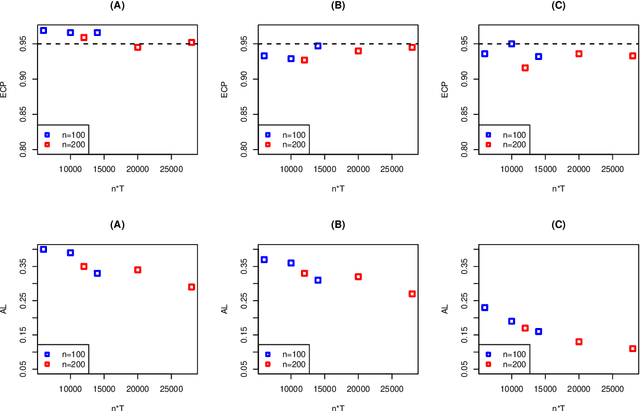
Abstract:Reinforcement learning is a general technique that allows an agent to learn an optimal policy and interact with an environment in sequential decision making problems. The goodness of a policy is measured by its value function starting from some initial state. The focus of this paper is to construct confidence intervals (CIs) for a policy's value in infinite horizon settings where the number of decision points diverges to infinity. We propose to model the action-value state function (Q-function) associated with a policy based on series/sieve method to derive its confidence interval. When the target policy depends on the observed data as well, we propose a SequentiAl Value Evaluation (SAVE) method to recursively update the estimated policy and its value estimator. As long as either the number of trajectories or the number of decision points diverges to infinity, we show that the proposed CI achieves nominal coverage even in cases where the optimal policy is not unique. Simulation studies are conducted to back up our theoretical findings. We apply the proposed method to a dataset from mobile health studies and find that reinforcement learning algorithms could help improve patient's health status.
 Add to Chrome
Add to Chrome Add to Firefox
Add to Firefox Add to Edge
Add to Edge